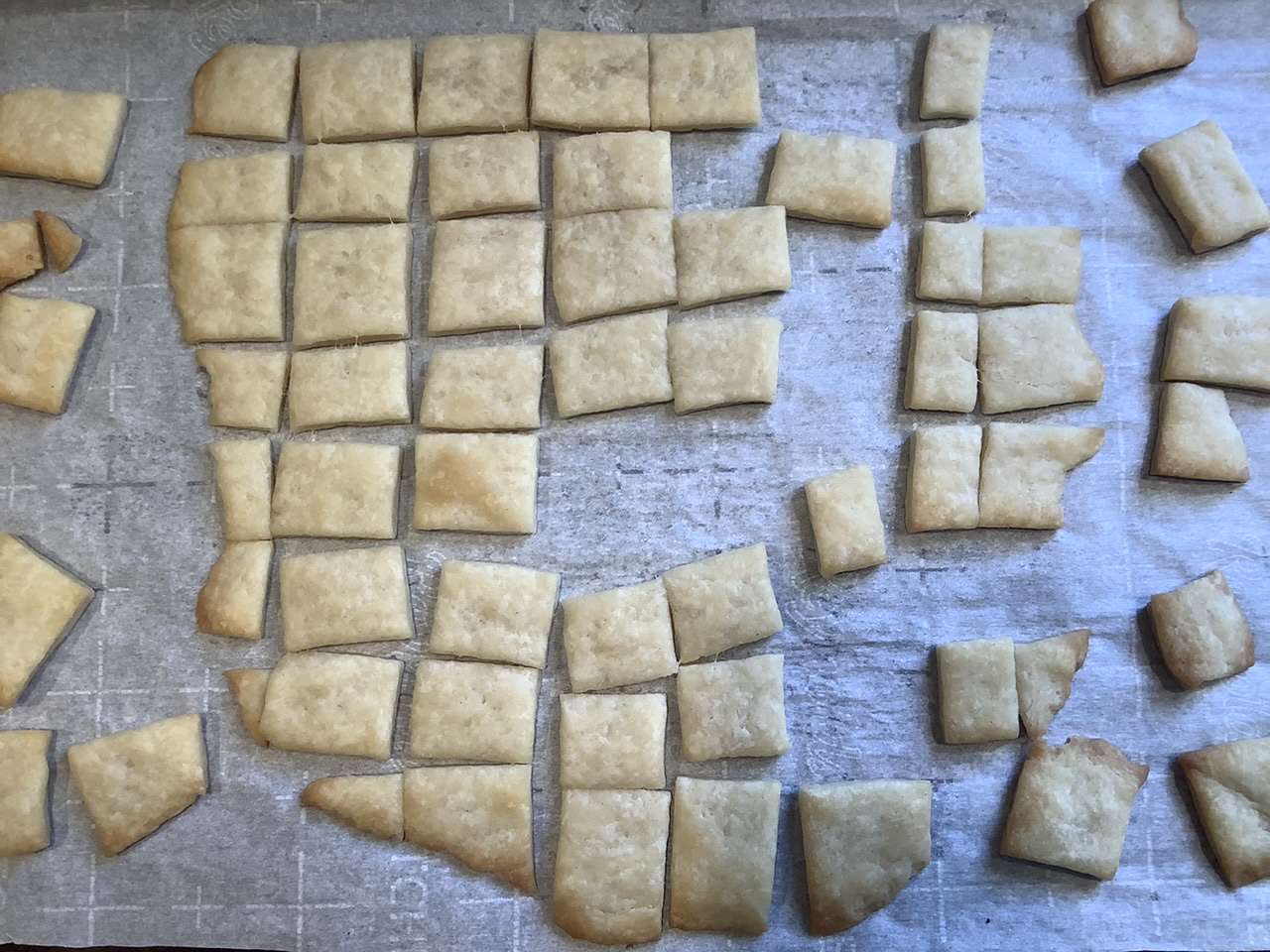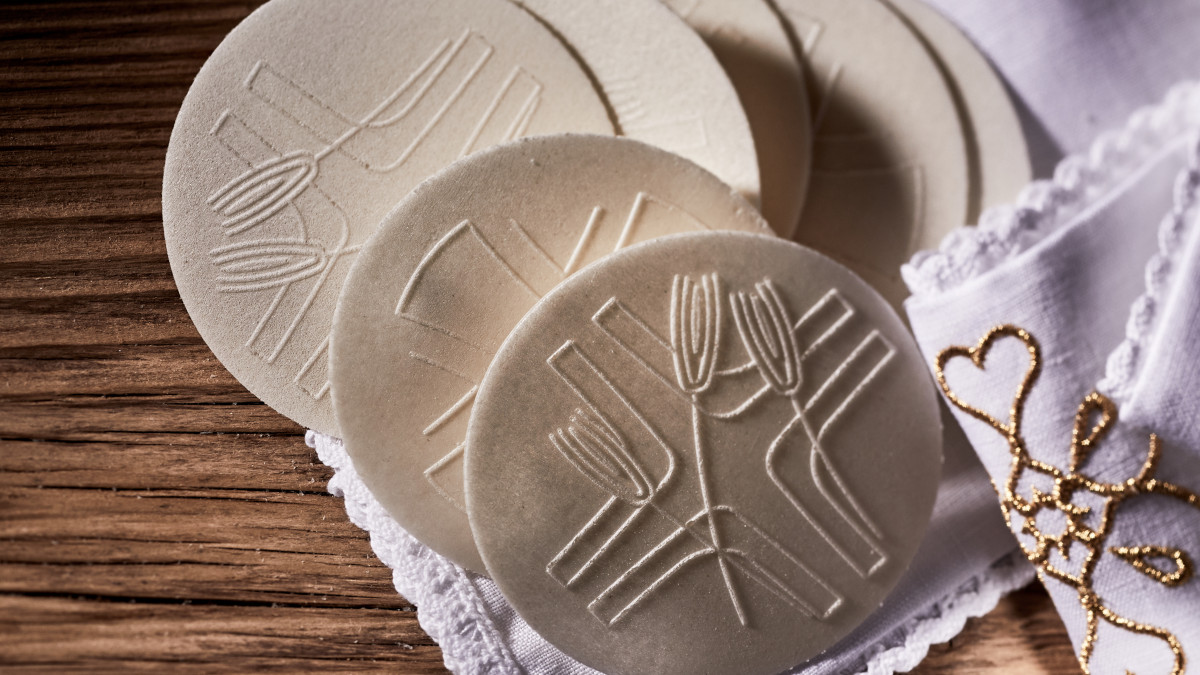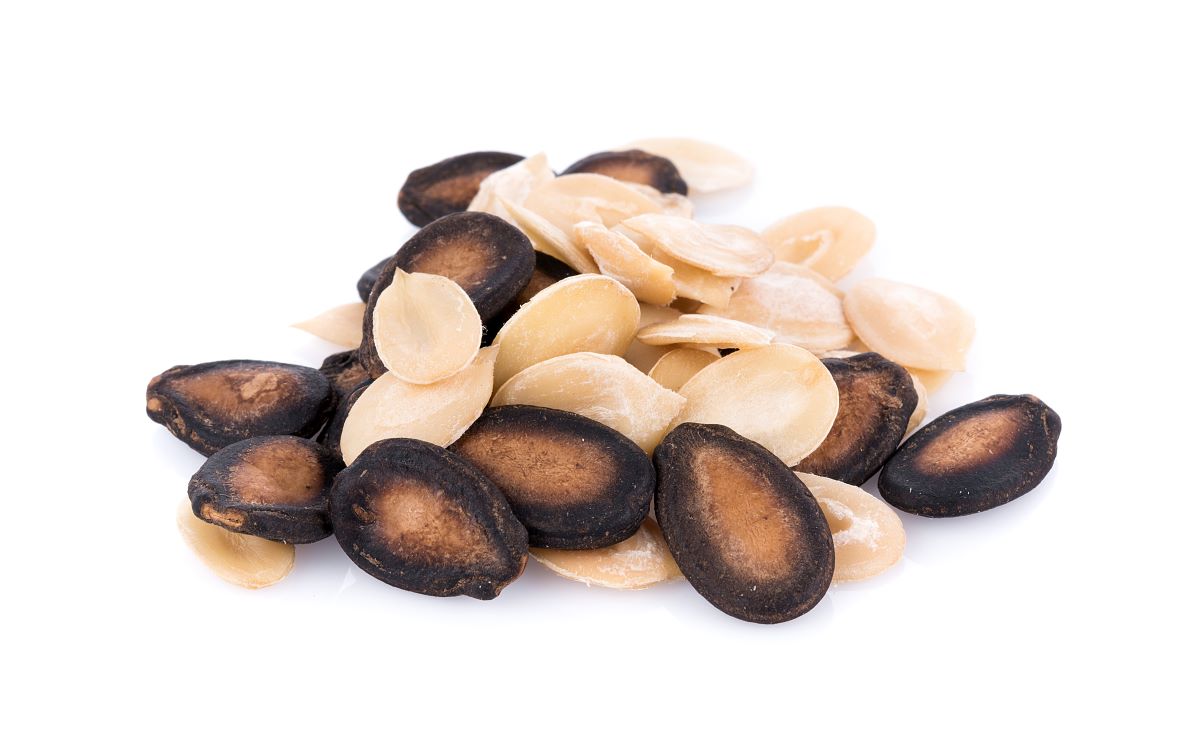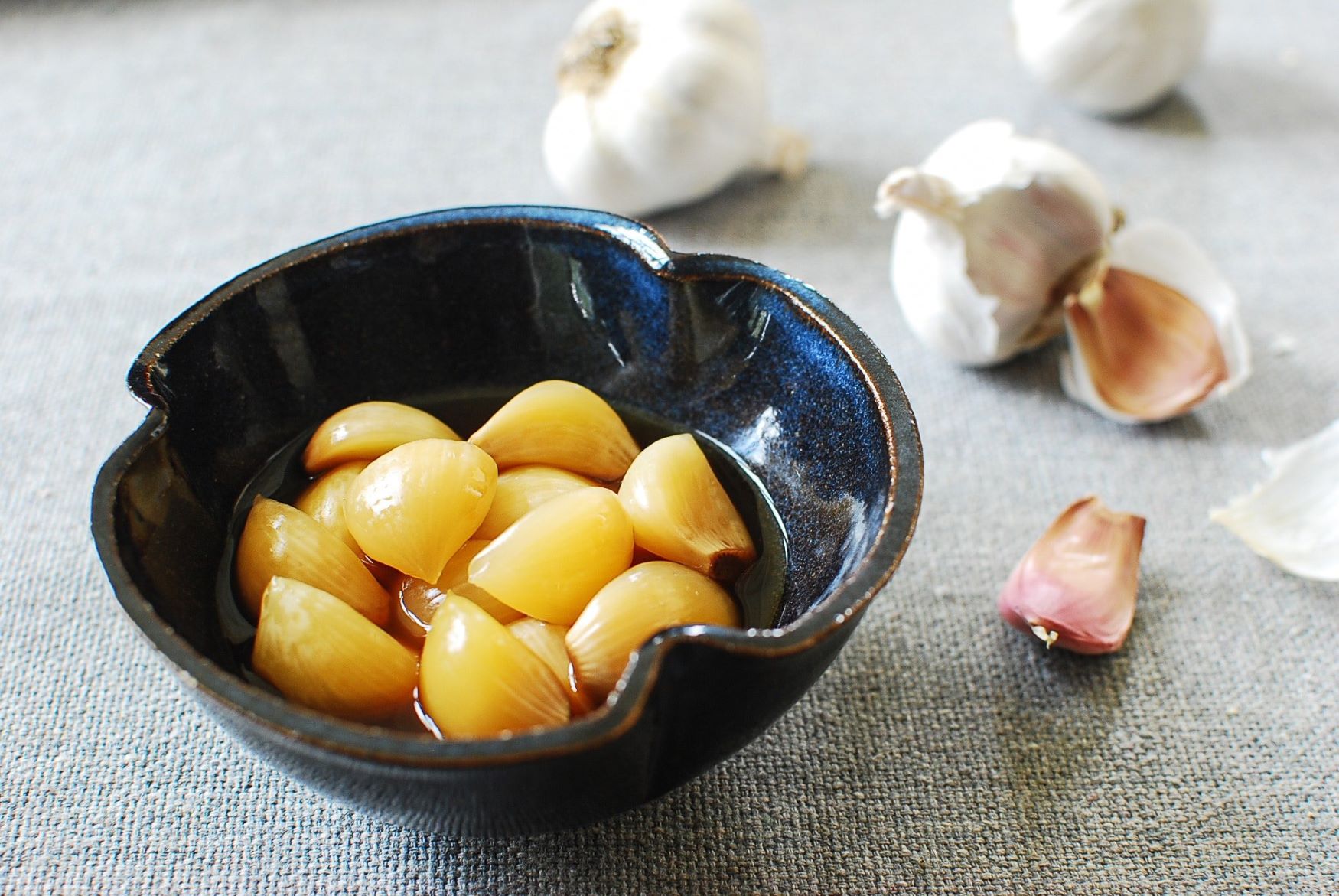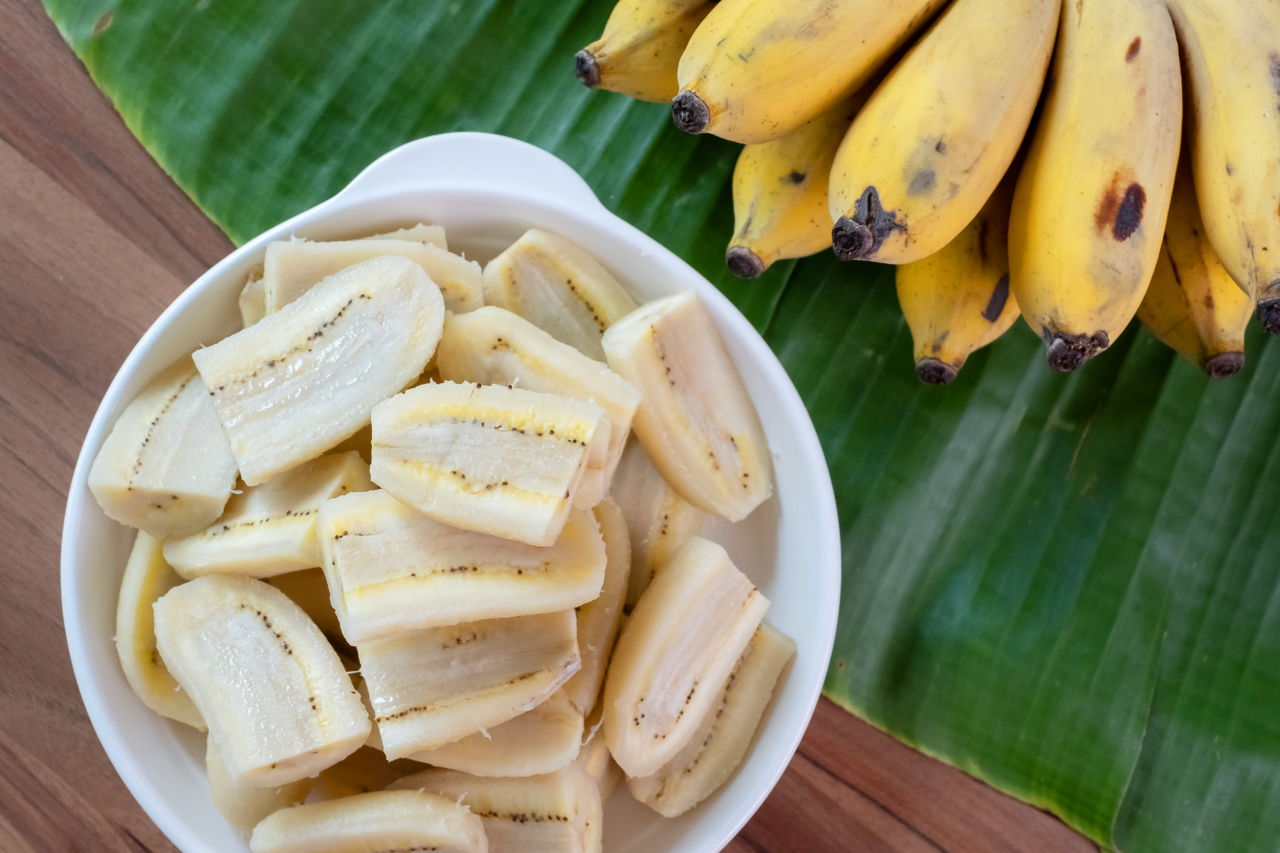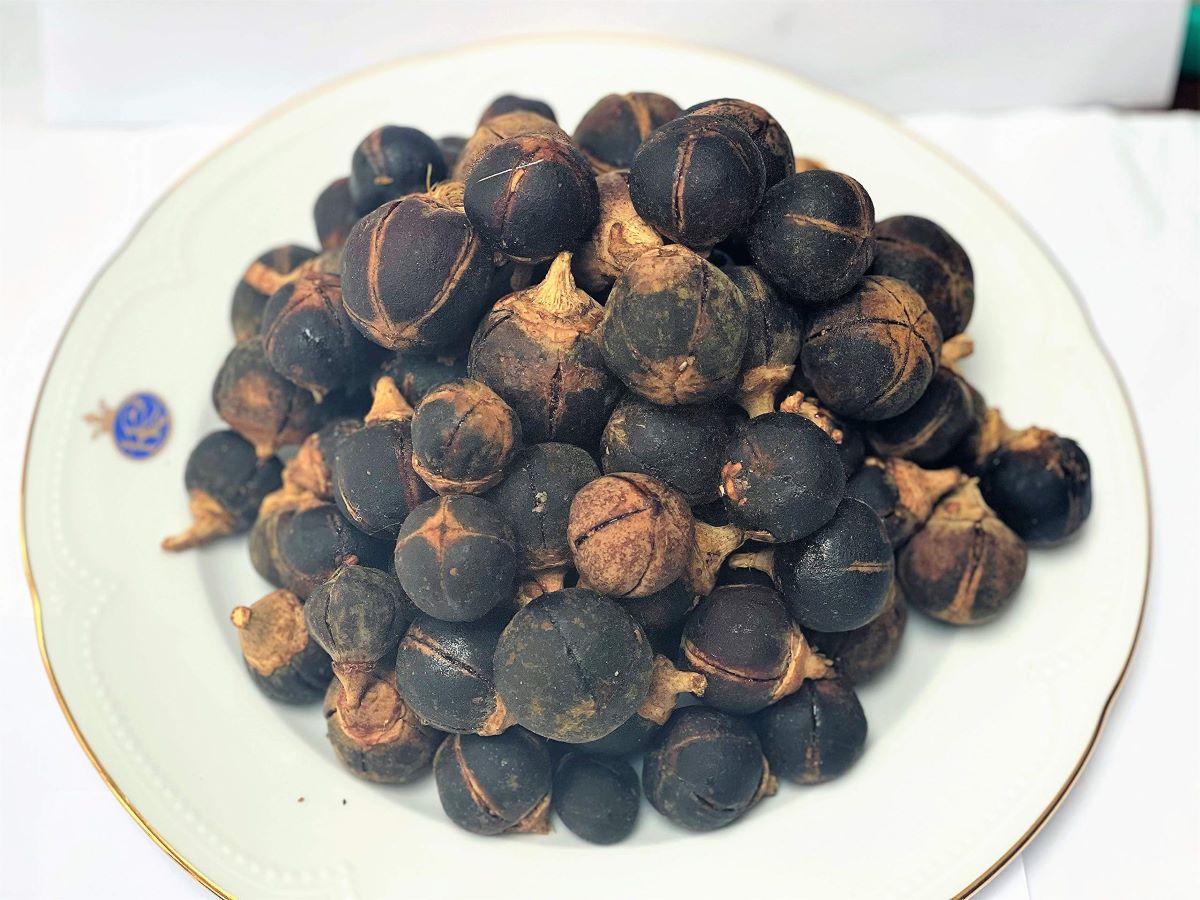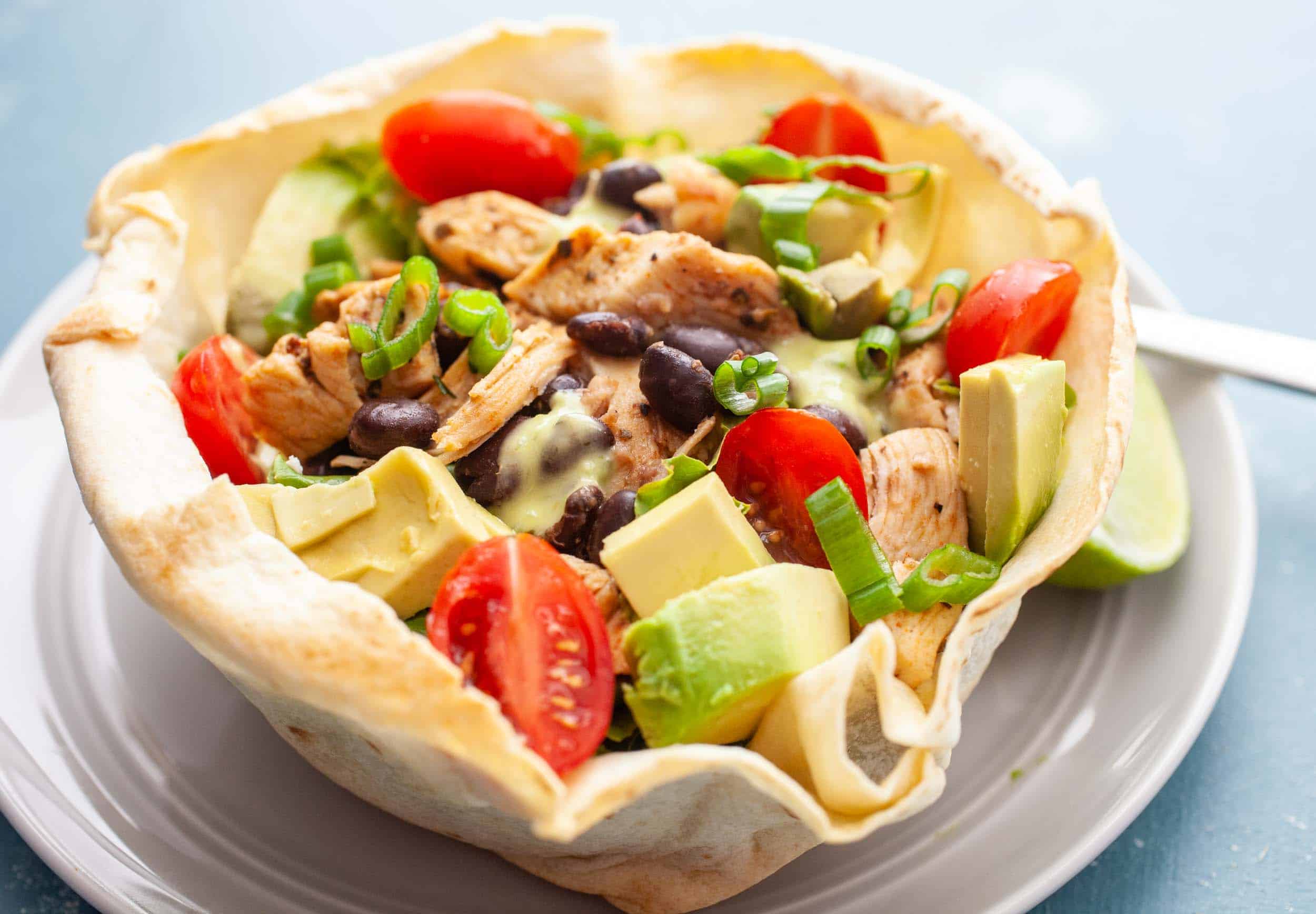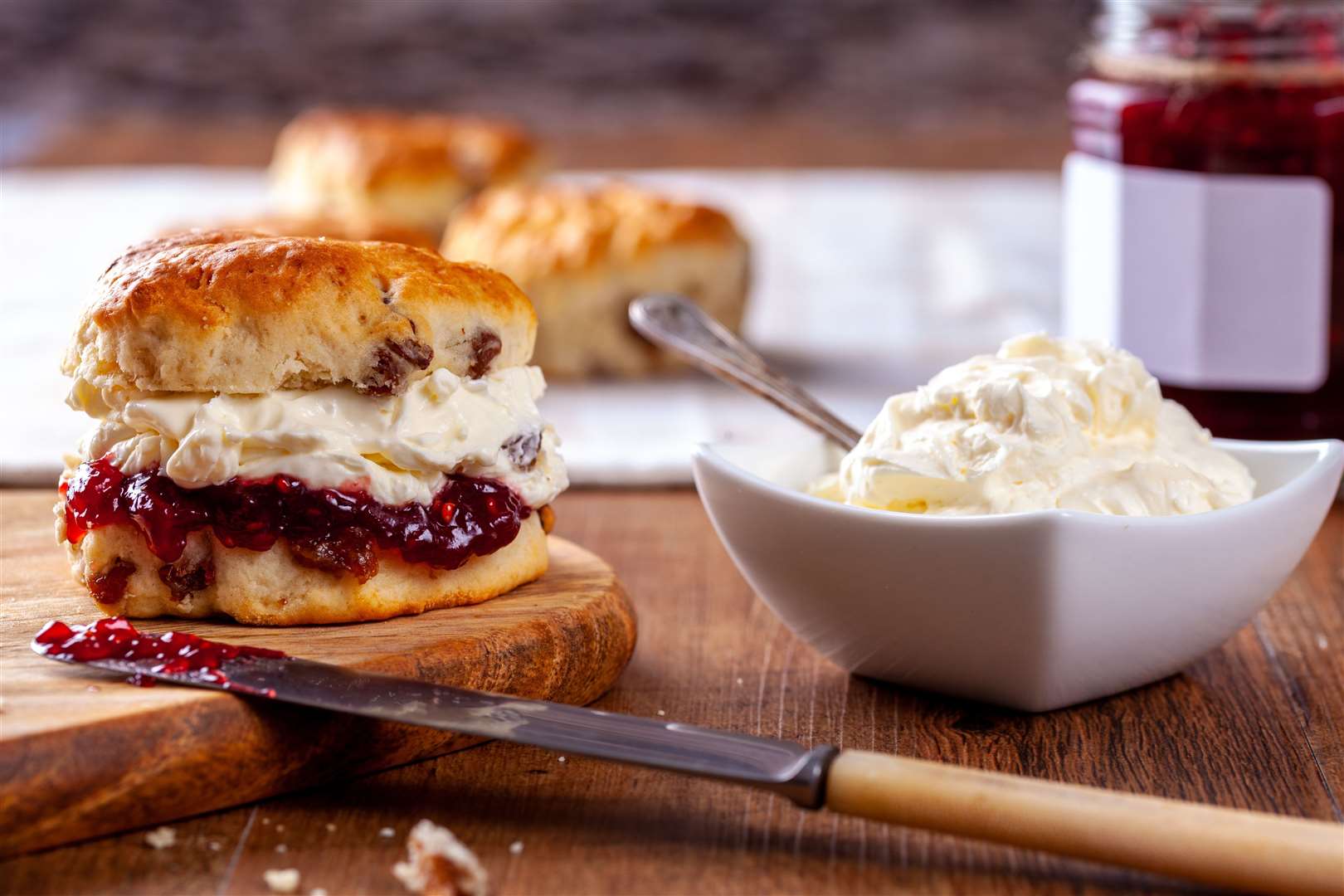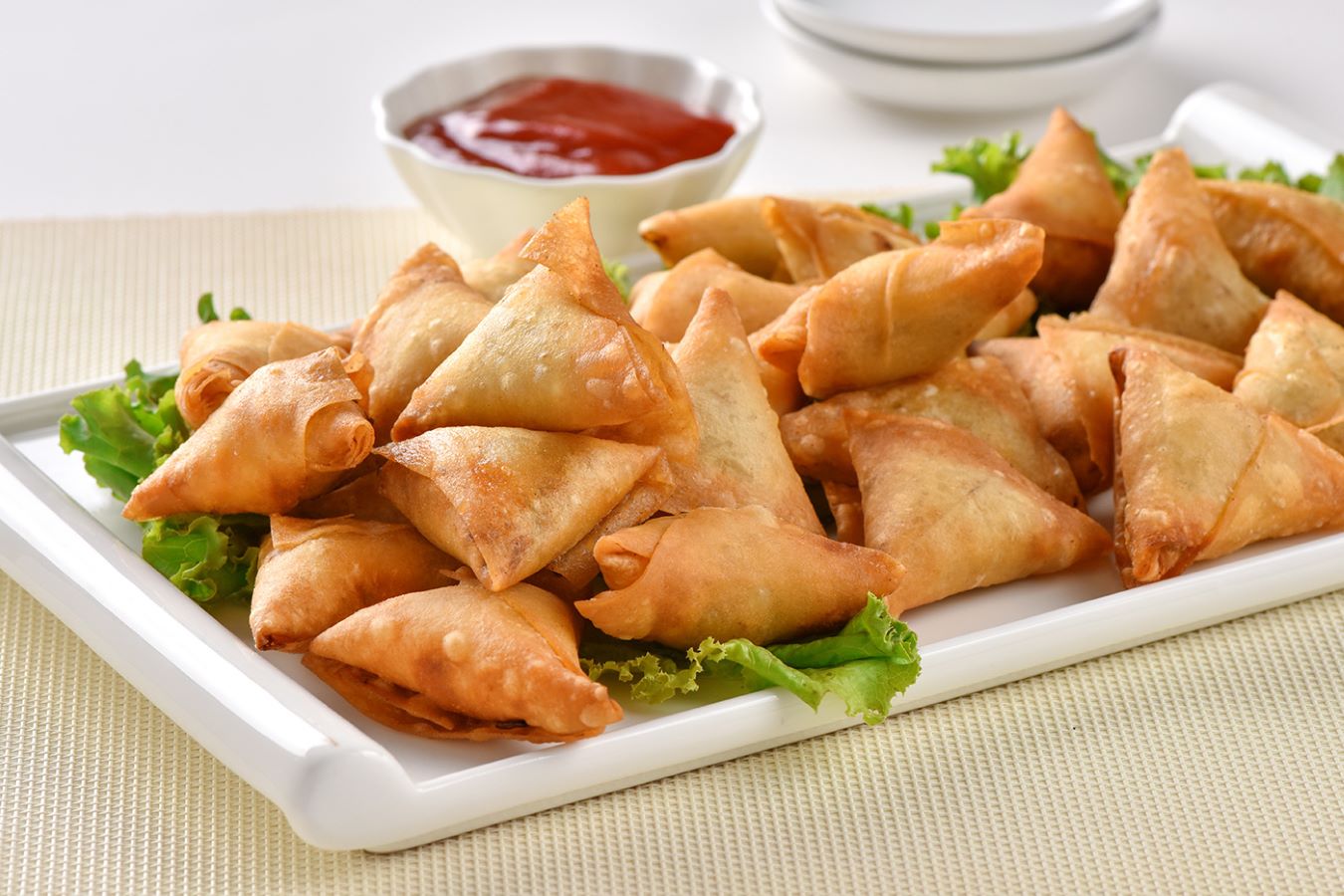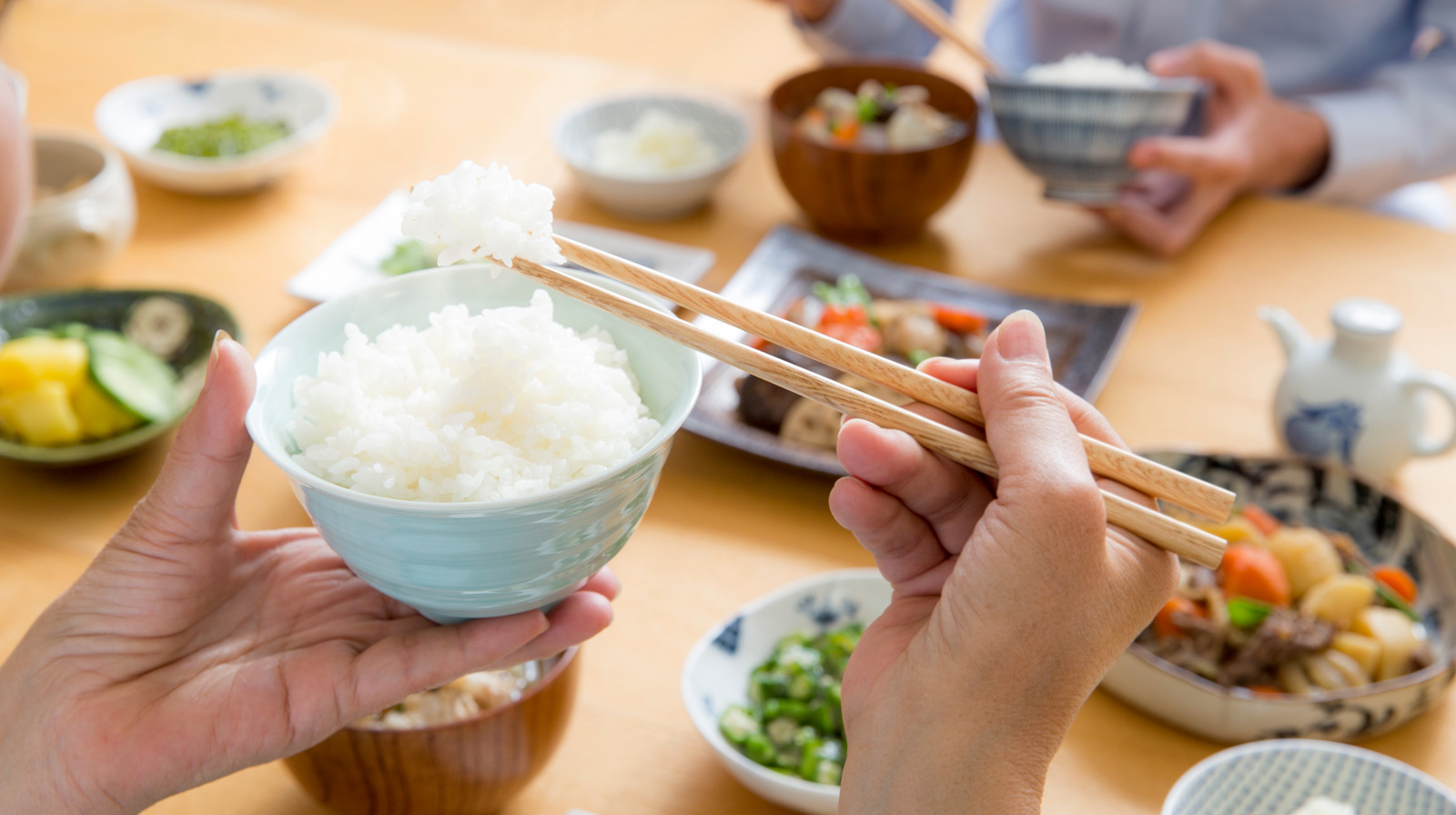Delicious Ways to Enjoy Wafers
Wafers are a delightful and crispy treat that can be enjoyed in a variety of ways. Whether you prefer to savor them on their own or incorporate them into a delicious dessert, there are plenty of options for enjoying wafers. Here are some creative and tasty ways to eat wafers:
1. Enjoy Them Plain
One of the simplest and most satisfying ways to eat wafers is to enjoy them plain. The light and crispy texture of wafers makes them a perfect snack for any time of day. Whether you’re relaxing at home or on the go, wafers are a convenient and delicious treat that can be enjoyed on their own.
2. Pair with Ice Cream
For a decadent and indulgent treat, consider pairing wafers with your favorite flavor of ice cream. Simply sandwich a scoop of ice cream between two wafers to create a delightful ice cream sandwich. The combination of creamy ice cream and crispy wafers is sure to satisfy your sweet tooth.
3. Dip in Chocolate
For a touch of elegance, consider dipping wafers in melted chocolate. Whether you prefer dark, milk, or white chocolate, the rich and smooth flavor of chocolate pairs beautifully with the light and airy texture of wafers. After dipping, allow the chocolate to set for a few minutes before indulging in this delightful treat.
4. Create a Wafer Cake
If you’re feeling creative, consider using wafers to create a unique and delicious wafer cake. Simply layer wafers with whipped cream, pudding, or frosting to build a delectable cake-like dessert. You can also add fresh fruit or nuts between the layers for added flavor and texture.
5. Crush and Sprinkle
For a fun and playful twist, consider crushing wafers into small pieces and using them as a topping for ice cream, yogurt, or pudding. The crispy and crumbly texture of crushed wafers adds a delightful crunch to your favorite desserts, making them even more enjoyable.
6. Pair with Coffee or Tea
Wafers make a perfect accompaniment to a hot cup of coffee or tea. Their light and crispy texture provides a satisfying contrast to the warm and comforting beverages. Whether you’re enjoying a leisurely morning or a relaxing afternoon, wafers are a delightful addition to your coffee or tea break.
With these creative and delicious ways to enjoy wafers, you can elevate your snacking and dessert experiences. Whether you prefer to savor them on their own or incorporate them into a delectable treat, wafers are a versatile and delightful snack that can be enjoyed in countless ways.
Explore Delicious Recipes and More Ways to Use This Guide
Once you've mastered the art of eating wafers, it's time to experiment with some delightful recipes that showcase their versatility. For those new to cooking with wafers, the Classic Ice Cream Wafer Sandwich Recipe is a perfect starting point, offering a familiar yet delicious experience. If you're aiming for something more sophisticated, try the Elegant Chocolate Wafer Mousse Cups Recipe, which combines the crunch of wafers with a silky mousse. For a savory twist, the Wafer Crusted Chicken Tenders Recipe is highly recommended, providing an unexpectedly crispy coating that's sure to impress at any meal.
